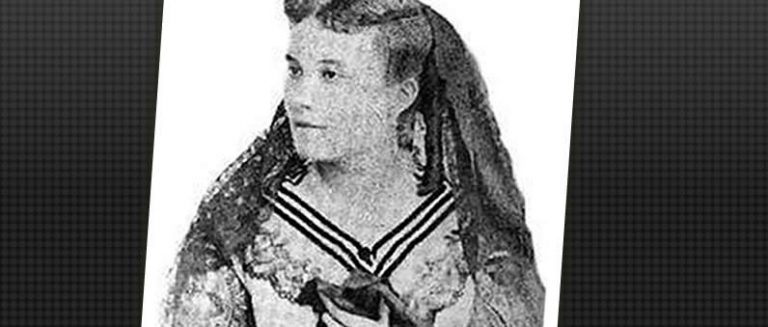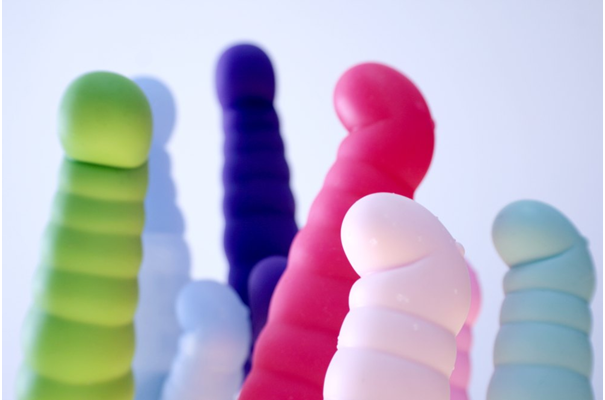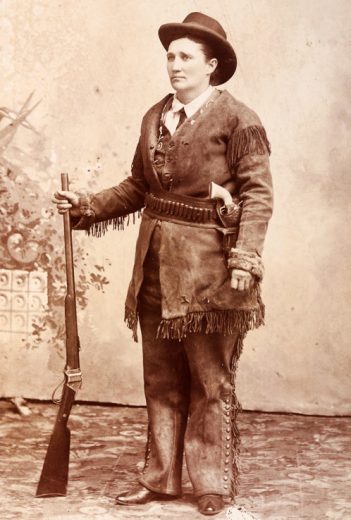La Paiva was born Esther Lachmann in 1819 – 1884 to Jewish parents of Polish ancestry in a Moscow ghetto.(1) She was the most famous of the 19th Century courtesans – she was a celebrity during her day, and she was well known for her iron will and determination to better her situation.(2) She aspired to find a wealthy husband “one who could save her from her impoverished circumstances“. (3)
She was not considered a great beauty. “She had a large bosom, was curvaceous and had pale skin,” according to accounts. “The French called her belle-laide or “ugly-beautiful.”(4) Count Horace de Viel Castel called her the “queen of kept women, the sovereign of her race.”(5) Few photographs or paintings remain of the woman who rose from poverty to become a woman of note, enormous wealth, high social standing and a political influencer.
La Paiva held the grandest parties – lavish open houses, teas and dinners at the Hotel de la Paiva in Paris (the hotel still stands on the Champs Elysees) where the crème of Parisian society would gather including such names Gustave Flaubert and Emile Zola.(6) She was a patron of the arts, a notable investor and a collector of jewels.(7)
It was her overt social climbing an iron-clad determination to better her situation as well as the social and cultural context of the era that led her to live a life of opulence. In 1851, she married the wealthy Portuguese noble Marquis de la Paiva.(8) After their marriage ceremony, she told Marquis that she did not love him, married him for his money and title and that they must separate.(9) Upon hearing this, he packed up his things returned to Portugal and committed suicide.(10)
Luckily for La Paiva, there was a revolution in Paris. The Second Empire was La Paiva’s playground.(11) New ostentatious wealth mixed with old money and along with the era’s penchant for glitz and reinvention, La Paiva was able to reach dizzying heights.(12)
In 1871, the Franco – Russian war had broken out, and the societal mood towards her changed.(13) She married Von Donnersmarck in 1871 and moved into a grand palace he had built for her made of onyx, gold and marble.(14) It was here she died in 1884. Von Donnersmarck was so heartbroken by her passing he embalmed her corpse in alcohol and stored her body in the attic!(15)
References(4),(6),(7) Wikipedia contributors, “La Païva,” Wikipedia, The Free Encyclopedia, https://en.wikipedia.org/w/index.php?title=La_Pa%C3%AFva&oldid=854944671 (accessed October 24, 2018). (11),(12),(13),(15). Farago, Jason, “La Paiva: 19th Century Paris Celebrity Prostitute,” BBC.COM https://www.bbc.com/culture/story/20151222-la-pava-19th-century-paris-celebrity-prostitute (accessed October 24, 2018) (1),(3) Wright, Jennifer, “Shelved Dolls: La Paiva – A Really Glamorous Monster,” The Gloss, https://www.thegloss.com/beauty/la-paiva-biography/ (accessed October 24, 2018) (8),(9),(10),(14) Drughi, Octavia, 10 High Class Courtesans Who Played Their Client’s Like Fiddles, ListVerse, https://listverse.com/2015/04/14/10-high-class-courtesans-who-played-their-clients-like-fiddles/ (accessed October 24, 2018) (5) Bizarre Victoria, “La Paiva”, Live Journal, https://bizarrevictoria.livejournal.com/25752.html (accessed October 24, 2018)






